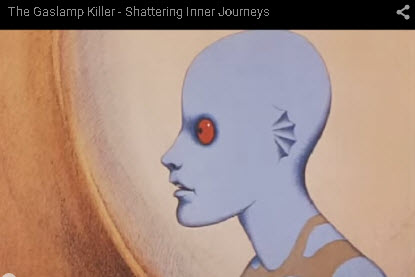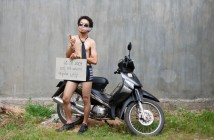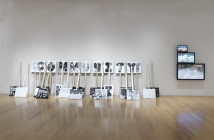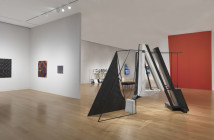I just heard a radio broadcast and interview with Gas Lamp Killer on the BBC, and it sums up what I think I've seen from these artists.
Benji B: And how important is cinema and film to you, in your, sort of, creative process?
Gas Lamp Killer: Well I really see the music and feel the music, and its always a goal of mine to try and capture an energy that makes me want to-- that makes me see things and feel things. And, some of my dj sets might make you want to dance, some of my album cuts might make you want to cry. And it's all about the range of emotions found in humanity. And I just want to express my emotions through the music. And I feel that a lot of people in film get the chance to put music together with these images and do it so well, like Stanley Kubrick for instance. Stanley Kubrick was one of the first film makers that ever inspired me in that way. He literally had 15, 20 min of dialog in 2001: Space Odyssey; maybe not even that much dialog?
BB: Not even that much music, A whole lot of silence.
GLK: And the way he uses the music in those moments changed my life for ever, and Kubrick inspired me on so many levels. So yeah, film is important. I wouldn't call myself a movie buff like some of my friends, but I am definitely a visual person, you know?
(9-20-2012 Benji B and GLK on BBC 1, transcribed by the author.)
This inspiration, to create a visually activated sound by sampling the history of recorded sounds and working with studio musicians to create long-form collages that create a soundscape beyond the 3 minute song (designed to work around commercials and move units), is not new. You could argue that at the end of the 70s punk, hardcore, and other rock based movements accelerated that radio format and took it to the extreme end of its logic in order to try to kill it, while hip hop, disco and other dance forms tried to eliminate that format by blending every sound into one sound.




